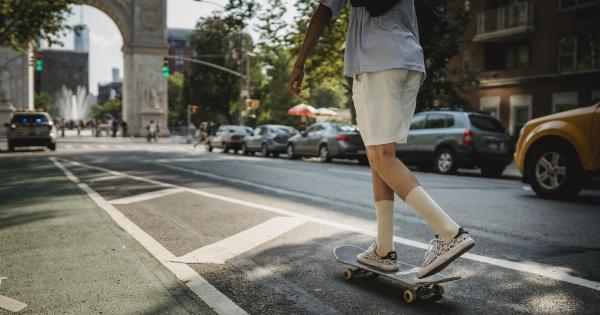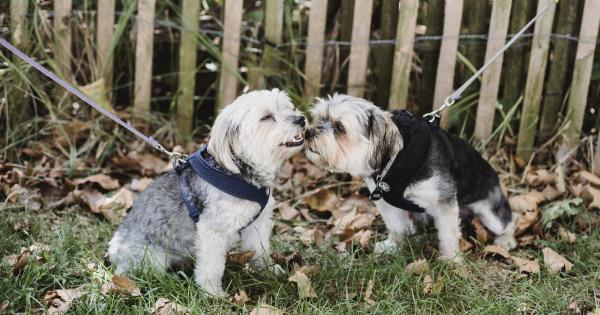As parents, we all look forward to the day when our little ones will finally be potty trained and ready to transition from diapers to underwear. However, it can be difficult to know when the right time to make this transition is.
Some children may be ready earlier than others, and it’s important to wait until your child is truly ready to make the transition to avoid setbacks or frustration.
Signs Your Child is Ready for Potty Training
Before you can transition your child from diapers to underwear, it’s important to ensure that they are fully ready for potty training. Here are some common signs that your child may be ready:.
- Your child can follow simple instructions and understands basic language.
- Your child shows an interest in the bathroom and may even follow family members in there.
- Your child communicates with you when they need to go to the bathroom, either through words or gestures.
- Your child can stay dry for at least two hours at a time during the day.
- Your child has consistent bowel movements at predictable times.
If your child exhibits these signs, they may be ready to begin potty training.
How to Start the Transition from Diapers to Underwear
Once your child is ready for potty training, it’s time to begin the transition from diapers to underwear. Here are some tips to make the transition as smooth as possible:.
- Choose the right underwear – Your child may have a preference for certain types of underwear, whether it be the material or the design. Involve them in the decision and let them pick out their favorites.
- Make it fun – Potty training can be stressful for both parent and child, so make it a fun and exciting experience. Sing songs, read books, and offer plenty of praise and encouragement along the way.
- Eliminate diapers altogether – Once you begin the transition to underwear, try to avoid using diapers altogether. This will help your child understand that they are no longer using diapers and encourage them to use the toilet instead.
- Stay consistent – Consistency is key when it comes to potty training. Stick to a schedule and encourage your child to use the bathroom at the same times each day.
- Be patient – Potty training can be a long and sometimes frustrating process. It’s important to be patient with your child and avoid becoming angry or upset if accidents happen.
What to Do if Your Child is Struggling with Potty Training
Even if your child exhibits all the signs of being ready for potty training, they may still struggle with the transition from diapers to underwear. Here are some tips to help if your child is struggling:.
- Give them time – Every child develops at their own pace, and some may take longer to grasp the concept of potty training than others. Give your child time and be patient.
- Offer rewards – Positive reinforcement can be a great motivator for children. Offer rewards such as stickers, a special treat, or extra playtime for successful trips to the bathroom.
- Get creative – If your child is struggling with potty training, think outside the box. Try using a doll or toy to demonstrate how to use the bathroom, or make up a fun song or game to make the experience more enjoyable.
- Consult with a professional – If your child is having prolonged difficulty with potty training, it may be helpful to speak with a pediatrician or child development specialist.
The Benefits of Transitioning from Diapers to Underwear
Transitioning from diapers to underwear is a major milestone for both parents and children. Here are some benefits you can expect to see:.
- Increased independence – Potty training allows children to take control of their own bodily functions and become more independent.
- Financial savings – Diapers can be expensive, so potty training can help parents save money in the long run.
- Cleaner home – No more dirty diapers means less mess and a cleaner home for parents.
- Happier child – Being able to use the bathroom like a big kid can boost a child’s confidence and self-esteem, leading to a happier overall demeanor.
Conclusion
Transitioning from diapers to underwear is an important step in a child’s development, but it’s important to wait until they are truly ready to avoid setbacks and frustration.
Signs that your child is ready for potty training include the ability to follow simple instructions, an interest in the bathroom, and the ability to stay dry for at least two hours at a time. Once you begin the transition, stay consistent, make it fun, and be patient. If your child is struggling with potty training, speak with a pediatrician or child development specialist for additional advice.






























